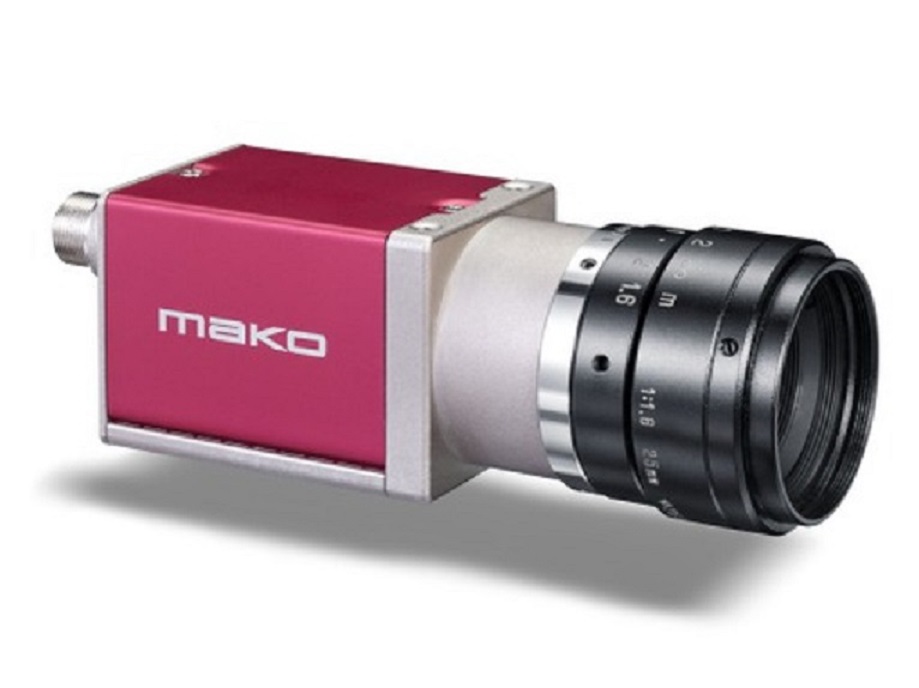PTP functionality and polarisation imaging added to Mako camera range
Enhancements to the ultra-compact entry-level Mako camera range from Allied Vision include the additition of Precicion Time Protocol (PTP) and Trigger over Ethernet (ToE) functionality to models featuring Sony Exmor Pregius sensors and a new polarisation camera.

PTP provides precise synchronisation of multi-camera systems. Polarisation imaging can reveal image features not visible with conventional cameras.
New firmware providing PTP and ToE is provided on five Mako G GigE Vision models as well as the new Mako G-508B POL polarising camera. Contained in robust housings for demanding environmental conditions, these five models feature high-performance Sony Exmor Pregius CMOS sensors with resolution ranging from 0.4 to 5.1 MPixels.
The sensors deliver outstanding image quality with a higher quantum efficiency and lower dark noise than equivalent CCDs. They also offer higher frame rates for faster in-line inspection.
PTP (also known as IEEE 1588) is a standard network protocol that synchronises the clocks of several devices in a network with one master device. With PTP, Mako cameras can be synchronised to microsecond precision with each other and any other camera or device supporting this standard.
This allows accurate inspection with multi-camera imaging systems. PTP provides better accuracy than NTP without increasing component cost and at a lower cost than GPS.
Trigger over Ethernet functionality allows precise triggering of a camera via the Gigabit Ethernet interface cable. Coupled with the Mako’s Power over Ethernet function, ToE simplifies the camera integration with just a single cable required for power, trigger, camera control and image data transmission.
Polarisation camera
The new Mako G-508B POL camera features a Polarsens 5.0 MP IMX250MZR monochrome CMOS sensor that incorporates the latest four-directional polarisation filter technology from Sony. Polarisation imaging allows a reduction in the reflections that hinder a surface inspection and contrast enhancement in low light conditions to detect shapes.
Various material properties can be detected that cannot be seen using conventional imaging. These include stress, composition, or surface structure.
Applications include:
- Surface inspection (for damage, flatness, scratches)
- Low-contrast imaging (e.g carbon fibre, tires, welding spots)
- Material stress detection
- Reduced reflection imaging
The sensor’s on-chip nanowire polarising layer supports four orientations (0°, 45°, 90°, and 135°). Each pixel of the sensor captures polarised light in relation to its specific wire-grid axis, enabling multiple polarisation imaging data to be collected in a single exposure. This makes it much easier to gather such image data, as polarisation filters do not have to be exchanged or manually rotated.
It also reduces costs due compared to traditional polarisation imaging methods, since multiple cameras with different filters are no longer needed.
The sensor allows data from four pixels to be utilised to determine the intensity and angle of polarisation for each pixel, in a process similar to the debayering of an RGB or colour sensor. The application of pseudo-colour look-up tables for each angle of polarisation allows easy visualisation of defects and areas of stress. With PTP and ToE functionality, this new camera can also be used in synchronised multi-camera applications.
www.stemmer-imaging.com

